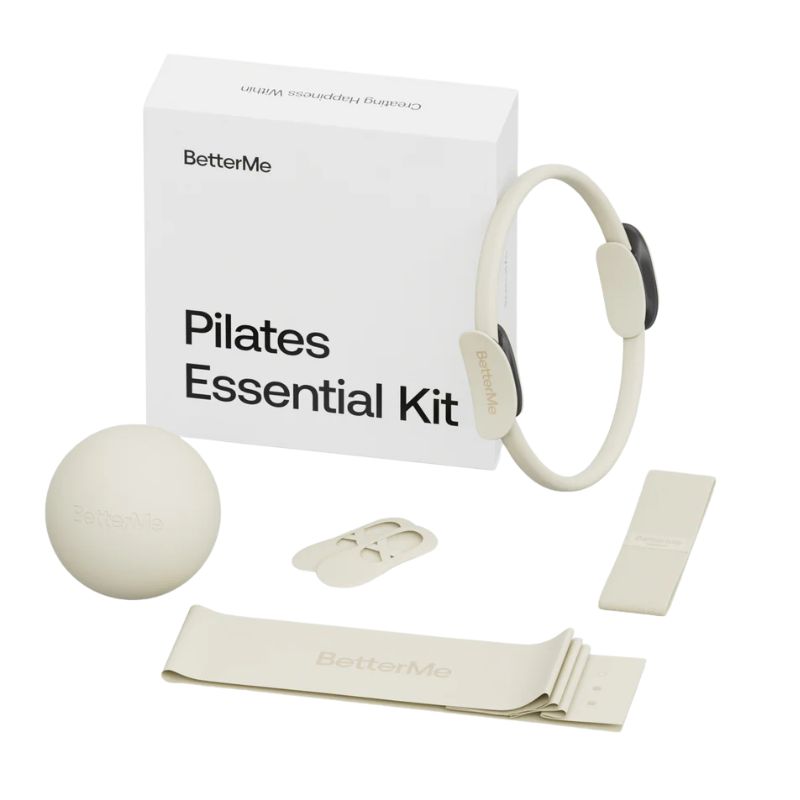How to do reformer Pilates at home - 6 steps to mastering the workout without a machine
Doing reformer Pilates at home can help you get fitter, stronger, and leaner - and you don't need a machine to do it
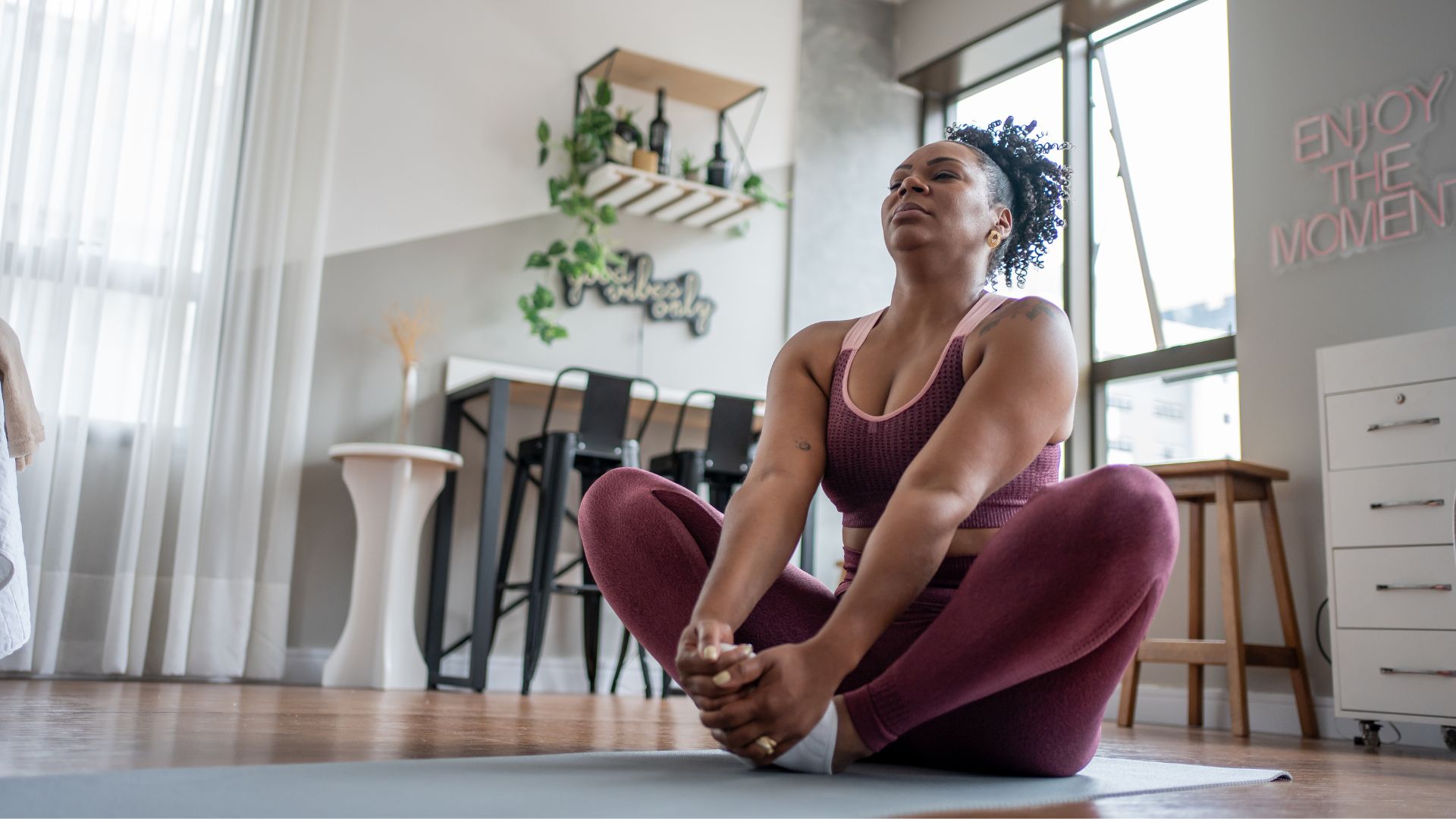

If you want a new way to work out this season, why not try doing reformer Pilates at home? This popular exercise has taken the world by storm in the last couple of years for good reason.
Reformer Pilates is one of the most popular exercises in the world at the moment, with so many benefits to the machine-based workout - like improved core strength, muscle endurance, and flexibility. However, if you've ever looked into booking a session, you'll have noticed it's (quite a bit) more expensive than a regular Pilates abs workout class. That's because of all the specialist equipment needed and additional instructor training.
The good news is, the experts say you can reap the same benefits with similar techniques at home. "I frequently take my reformer class plans and adapt them into advanced mat classes, and let me tell you - they’re no joke. I’ve taught sequences on both the reformer and the mat, and when modified correctly, the mat version often requires significantly more strength and control," says Sam Deville, a certified Pilates instructor.
How to do reformer Pilates at home without a reformer
1. Plank
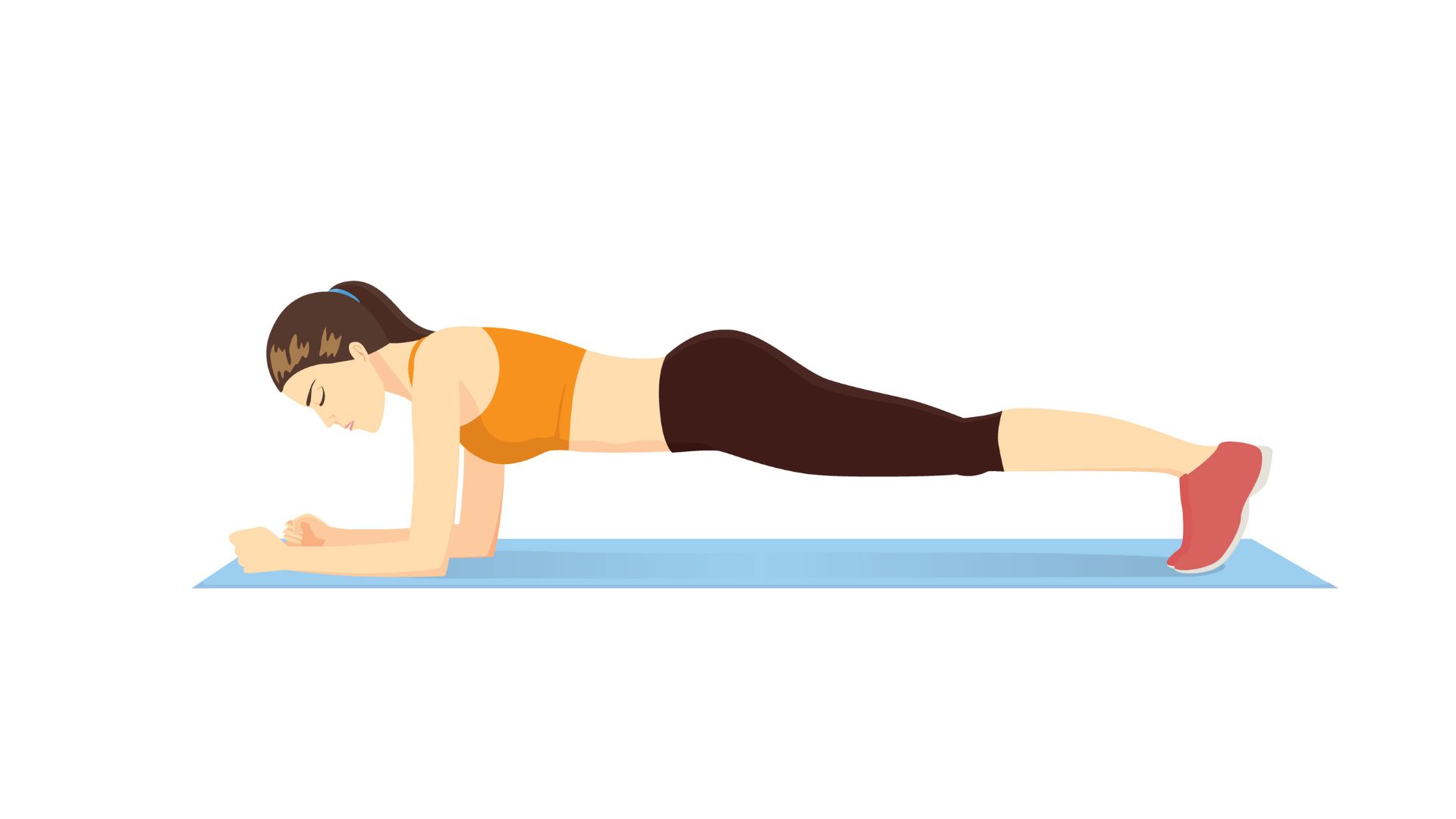
The plank is an old-school strength training exercise and one of the best core exercises to do at home. So, it should come as no surprise that it's key in any session of reformer Pilates at home.
"It's an excellent all-round exercise that will target the core, back and shoulder muscles to help improve overall strength, balance, and core stability," says Jennifer Bertoia, sports therapist, certified Pilates instructor, and the co-founder of MOVE..
Variations can make the exercise harder, which is key to building strength. For example, you could try doing a plank with just one arm or leg on the ground, or switch between resting on your forearms and pushing onto your hands.
Equipment needed: None, just a good thick yoga mat to support your elbows.
Sign up to our free daily email for the latest royal and entertainment news, interesting opinion, expert advice on styling and beauty trends, and no-nonsense guides to the health and wellness questions you want answered.
2. Scooter
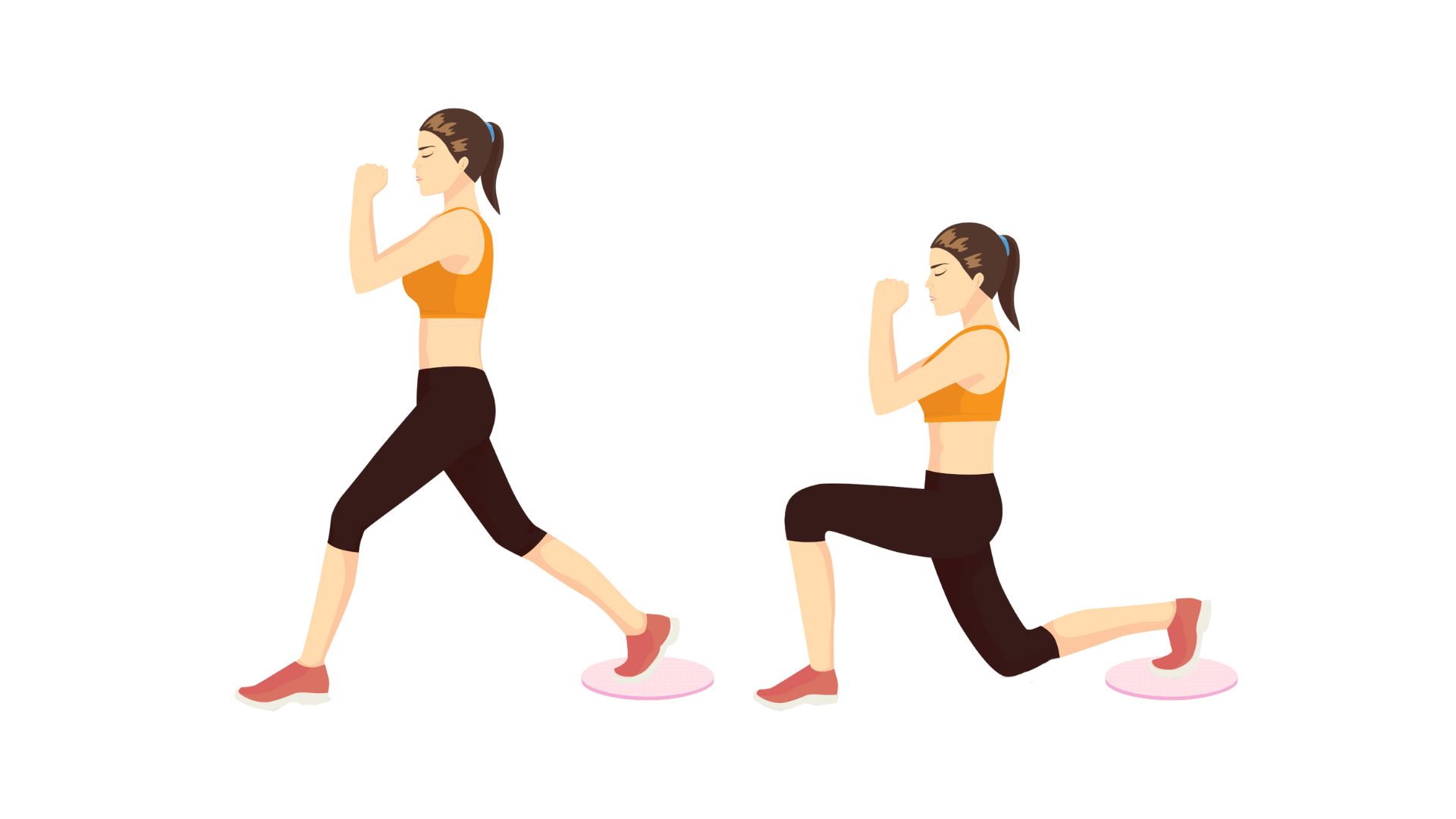
Whether you're doing Pilates for beginners or you've been practising for years, the 'scooter' is one of the best movements to improve hip stability, balance, glute and length strength. On the reformer machine, you'd sink into a low lunge, moving the carriage, and then pushing your back foot away and drawing it back in.
On the floor, Deville says: "Take the same lunge position but place your back foot on a slider. This replicates the carriage movement, and the sliders will light up your glutes and thighs quicker than on the reformer."
Equipment needed: Sliders
3. Copenhagen Exercise
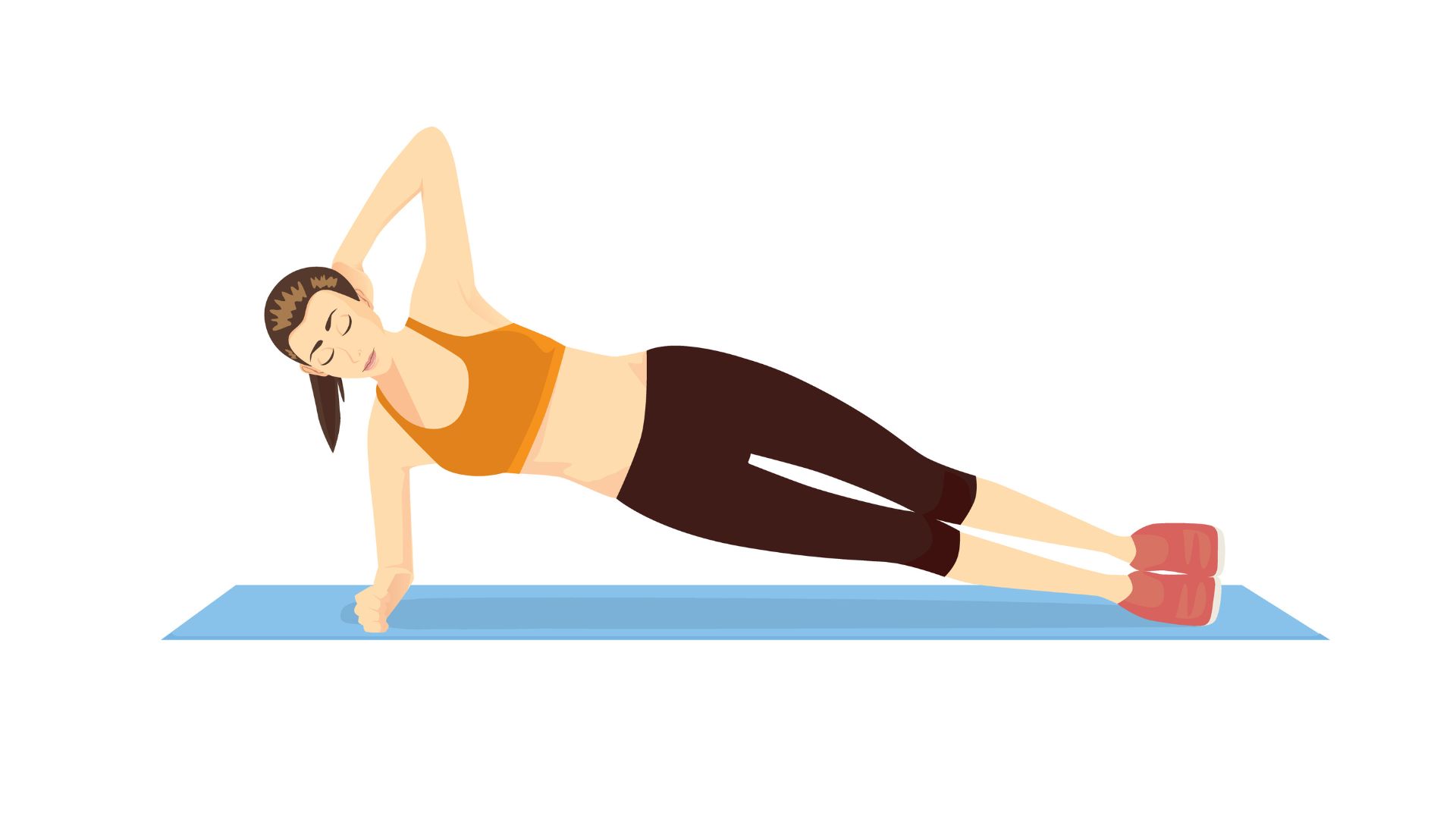
The Copenhagen Exercise (e.g. side plank) is a "brilliant exercise with loads of variations that will build abs and inner thigh muscles, help shrink your waistline, and stabilise aching muscles in the shoulders," says Bertoia.
Start on your side with a bench or low chair near your feet, then place the ankle of your upper leg on top of it. Using the arm closest to the ground, prop yourself up, keeping your core and hips tight.
Engaging your glutes (buttocks), lift yourself from the floor, bringing your lower leg up towards the chair or bench. While doing this, note your posture - the shoulder blades should be back and down, and your core should be tight. Remember to breathe.
Equipment needed: Bench or chair
4. Midback series
If you did this on a reformer, you'd lie on your back, arm straight up, hands in the straps positioned directly over your shoulders, and knees bent directly above your hips. From here, shoulders back and down, you'd engage your core, and push your hands down towards your hips.
To replicate this movement on a yoga mat, use small weights instead of the reformer straps, says Deville. "Start with 1kg and progress to 3 or 4kg, maintain a strong position, and pull the weights down towards your hips," she suggests.
"To level up, incorporate leg movements like toe taps, extensions, or scissors," she says.
Equipment needed: Your pick of the best dumbbells
5. Skaters
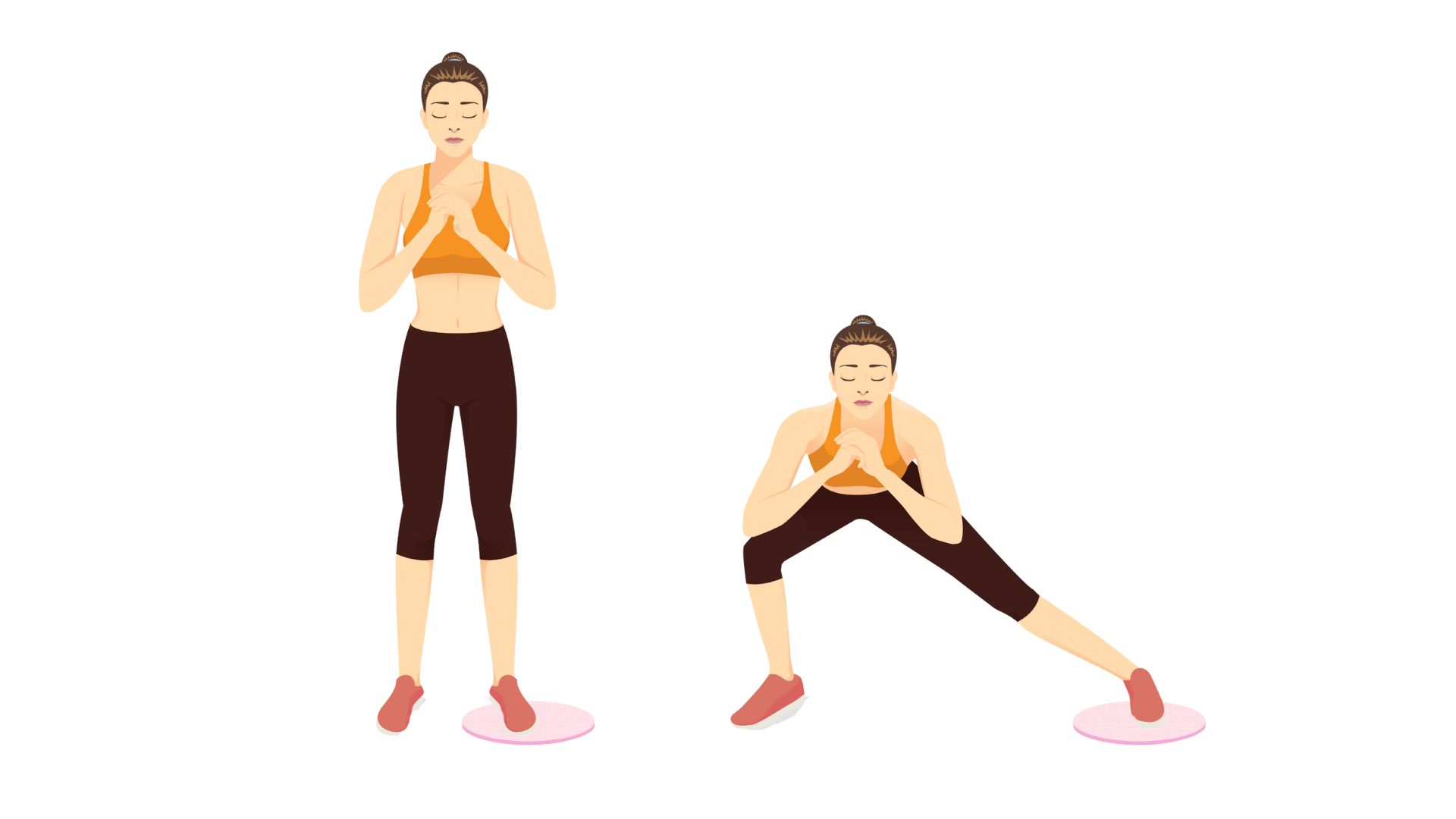
Another one for the lower body, you might be familiar with skaters if you've done other yoga mat workouts. "This is when you're standing with one foot on the platform and the other foot on the carriage, facing the side. You come into a squat and keep the platform leg bent at all times while moving the carriage in and out," says Anna Mounsey-Jennings, a certified Pilates teacher and founder of Avalon Pilates.
"You can recreate this at home with one foot on the mat and the other foot on the slider, moving in and out. This is more bodyweight resistance so it won't be as spicy as the reformer but you could add further resistance with a glute band over the knees," she says.
Equipment needed: Sliders
6. Mermaid Movement
The Mermaid is a great move for opening up the side of your body, improving flexibility and getting rid of tightness in the hips.
"It's an overlooked exercise that's excellent for increasing hip flexibility and lateral flexibility of the spine. With additional variations, it can help with thoracic mobility (mid-back) locked up in many people," says Bertoia.
To do it, sit with one leg folded out in front of you and the other folded to the side. You should feel relaxed - but if you have particularly tight tendons in this area, there might be a small pull in your hip. Extend your arm up and over your head, reaching away. Breathe in and out, and see if you can stretch a little further.
Equipment you'll need to do reformer Pilates at home

A yoga mat is the starting point of any Pilates workout. This 3mm option from Lululemon is our pick of the best yoga mats, blending comfort and support with premium materials.
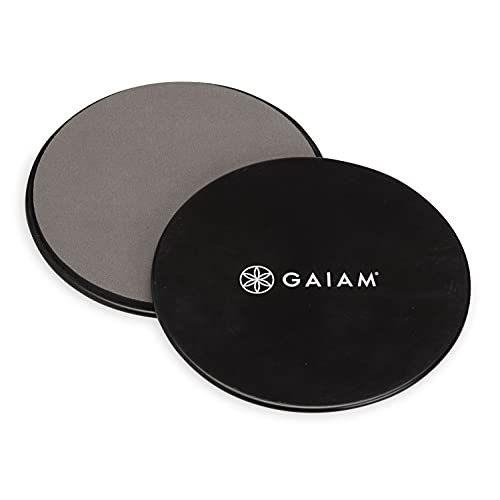
You'll need a pair of sliders to do lower-body reformer Pilates from home, as these replicate the moving carriage of the reformer machine. Sticking with pressure to the bottom of your foot, it's an easy (and noise-free) way to take advantage of your body weight's resistance.
Benefits of reformer Pilates at home
- Full-body workout: You'll target every key muscle group with a full-body Pilates workout on the mat and it's a great strength-boosting alternative to doing strict Pilates with weights. "They can be flowing with almost meditative qualities while others can be complete fire and contain muscle-building power," says Bertoia.
- May be better at improving stability: "When working on the mat, you lose the built-in stability and support the reformer offers. This means you’re relying entirely on your own body strength, balance, and control," says Deville. "It’s easy to 'hide' behind the reformer by letting it assist certain movements, but on the mat, there’s nowhere to hide." It's why many people do Pilates for strength training.
- Requires minimal equipment: "A mat, a band, sliders, and weights [is all you need]. This makes it incredibly accessible. You can work out anywhere, anytime, without investing in a reformer," says Deville. "While I adore the reformer for its variety and adaptability, the mat offers endless versatility and demands pure effort."
- Budget-friendly: As noted, reformer Pilates workout classes tend to be upwards of £20 per session. It's for good reason, but it won't be something everyone's budget can stretch to. You could buy everything you need to do reformer Pilates at home for about the same price as two classes.
Reformer Pilates at home vs the studio: Which one's better?
Reformer Pilates is done on the reformer machine for a reason - it's the most effective way to do this specific type of Pilates workout. But, you can reap many of the same benefits by doing similar exercises on a mat.
"You can certainly get aspects of a Reformer Pilates workout through elements of resistance such as resistance bands, weights, sliders, etc, but you sadly cannot get the full benefits of the reformer Pilates machine without the actual bed," says Mounsey-Jennings.
"However, working with resistance elements like the bands and weights through a mat Pilates flow is a good way to help build up muscular strength."
Deville agrees. "With a mat, a set of weights, a long band, and sliders, you can replicate reformer-style workouts at home," she says, adding that it's her preferred way to work out. "At the end of the day, while the reformer is an incredible tool, the mat will always have my heart. It may look basic, but the results are anything but," she says.
If you have the space and the budget, you can buy your own reformer Pilates machine to do the workout at home. They tend to cost a couple of hundred pounds - but can stretch into the thousands, depending on which one you buy - and you'll need dedicated studio space to make doing reformer Pilates at home possible, with extra storage for the accessories.

Grace Walsh is woman&home's Health Channel Editor, working across the areas of fitness, nutrition, sleep, mental health, relationships, and sex. She is also a qualified fitness instructor. In 2025, she will be taking on her third marathon in Brighton, completing her first ultra marathon, and qualifying as a certified personal trainer and nutrition coach.
A digital journalist with over seven years experience as a writer and editor for UK publications, Grace has covered (almost) everything in the world of health and wellbeing with bylines in Cosmopolitan, Red, The i Paper, GoodtoKnow, and more.
